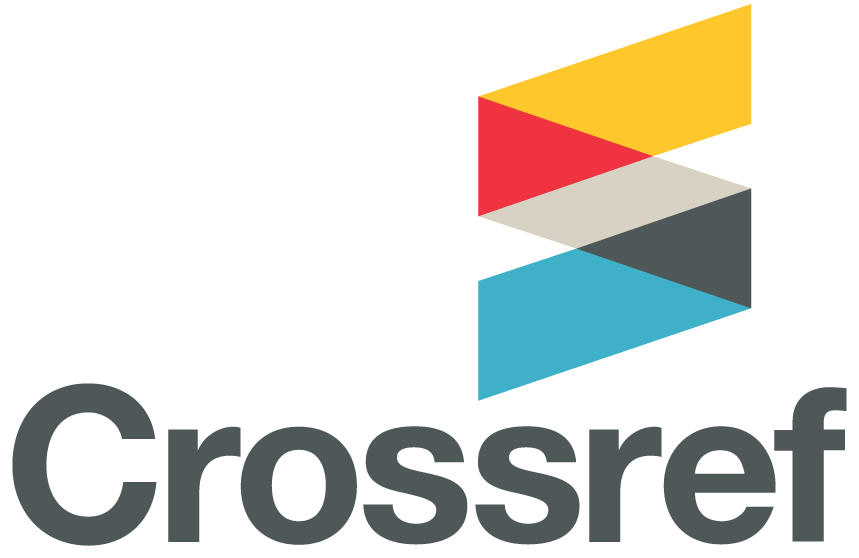Evaluation the effect of eugenol containing temporary fillings on shear bond strength of composite restoration
DOI:
https://doi.org/10.32828/mdj.v9i2.259Keywords:
Keywords: Dentin bonding agent, bonding technique, adhesive resin restorAbstract
The purpose of this in-vitro study was to evaluate the effect of eugenol-containing
temporary fillings on shear bond strength of composite to dentin and determine the
efficiency of dual bonding technique in improving the bond strength using Adper
Single Bond 2 adhesive with 3M composite. Thirty sound human upper first
premolars were used in this study. The occlusal surface of each tooth was ground to
expose superficial dentin layer, and then dentin bonding agent was directly applied
onto freshly prepared dentin together with cylinder of 3M composite and light cured
(group I, control group). Dentin surface pre-treated with zinc oxide eugenol temporary
filling, then dentin bonding agent together with a cylinder of 3M composite (group II,
single bonding technique). While in group III dentin bonding agent was applied first
on the dentin surface and light cured, then zinc oxide eugenol temporary filling was
added for one week, after removal of temporary filling dentin bonding agent together
with 3M composite was applied and light cured (dual bonding technique). The shear
bond strength of all the specimens was determined using Zwick universal testing
machine. The results showed that all temporary filling treated groups (II and III) had
lower mean shear bond strength compared to control group (group I), whereas
compared to single bonding technique, dual bonding technique significantly increased
the shear bond strength.

Published
Issue
Section
License
The Journal of Mustansiria Dental Journal is an open-access journal that all contents are free of charge. Articles of this journal are licensed under the terms of the Creative Commons Attribution International Public License CC-BY 4.0 (https://creativecommons.org/licenses/by/4.0/legalcode) that licensees are unrestrictly allowed to search, download, share, distribute, print, or link to the full texts of the articles, crawl them for indexing and reproduce any medium of the articles provided that they give the author(s) proper credits (citation). The journal allows the author(s) to retain the copyright of their published article.
Creative Commons-Attribution (BY)








